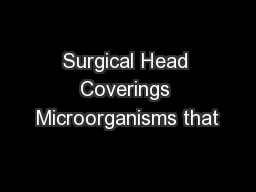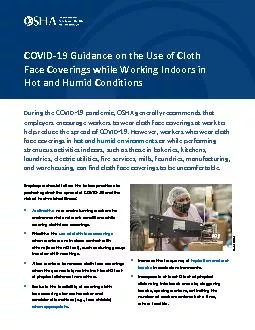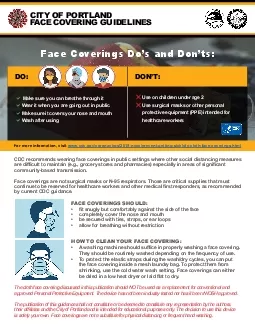PPT-Surgical Head Coverings Microorganisms that
Author : alida-meadow | Published Date : 2018-09-30
lead to surgical site infections SSIs may either be present on the patients skin or mucous membranes or transmitted to the patient by health care personnel the
Presentation Embed Code
Download Presentation
Download Presentation The PPT/PDF document "Surgical Head Coverings Microorganisms t..." is the property of its rightful owner. Permission is granted to download and print the materials on this website for personal, non-commercial use only, and to display it on your personal computer provided you do not modify the materials and that you retain all copyright notices contained in the materials. By downloading content from our website, you accept the terms of this agreement.
Surgical Head Coverings Microorganisms that: Transcript
Download Rules Of Document
"Surgical Head Coverings Microorganisms that"The content belongs to its owner. You may download and print it for personal use, without modification, and keep all copyright notices. By downloading, you agree to these terms.
Related Documents














